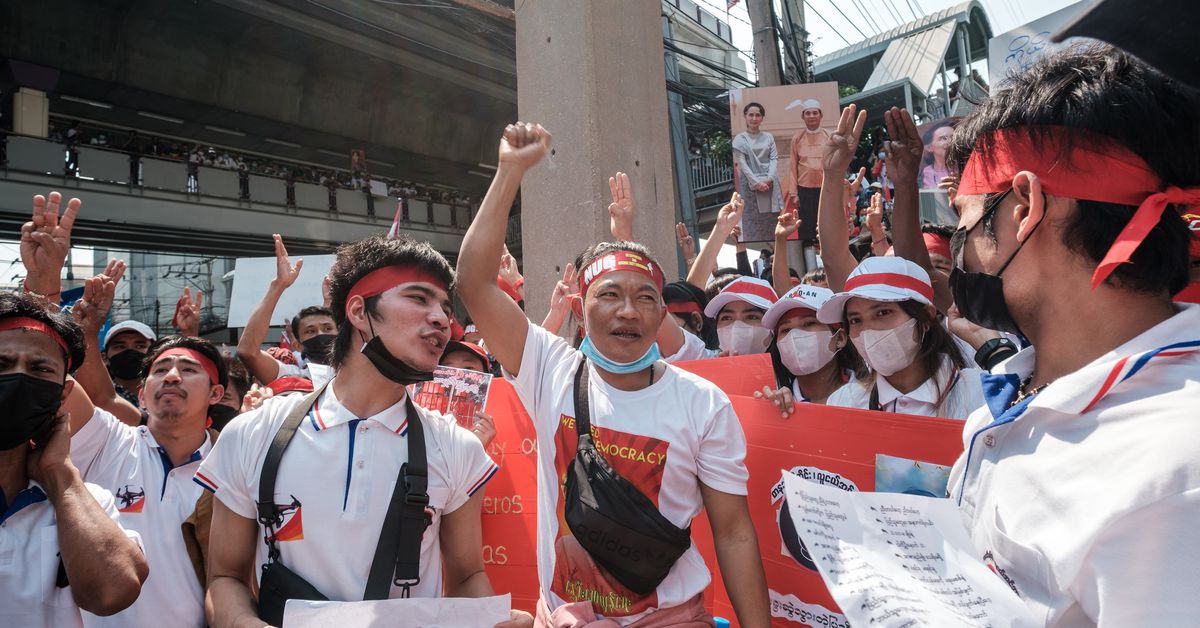A coalition of ethnic armed militias in Myanmar have launched what could be the best possible chance to overthrow the military government that has controlled the country since a 2021 coup ousted the democratically elected National League for Democracy (NLD).
If successful, this could be the groundwork for a more normalized democracy for a country that has historically been dominated by military juntas and dictators. Engagement from civil society has been high and is a key factor that can turn military victories into long term successes. Still, nothing is guaranteed and the fight is likely to be difficult.
On October 27, the Three Brotherhood Alliance, a coalition of three ethnic armed groups launched a well-coordination offensive in the eastern Shan state, the largest of Myanmar’s seven states by land area. The surprise attack successfully captured several government military installations by the Chinese border and has also inspired other armed groups to launch their own successful campaigns against the repressive Tatmadaw or State Administration Council, as the junta is called in Myanmar.



This is the best summary I could come up with:
A coalition of ethnic armed militias in Myanmar have launched what could be the best possible chance to overthrow the military government that has controlled the country since a 2021 coup ousted the democratically elected National League for Democracy (NLD).
After a decade of democratic reforms driven by a series of popular uprisings against the military government Myanmar seemed to break from the past; in 2015 and 2020, the country held free elections, which the NLD won handily.
The Tatmadaw has, over the years, engaged in what Lucas Myers, Senior Associate for Southeast Asia at the Wilson Center, called a “divide and rule” strategy, with the military junta giving special concessions to certain groups, thereby encouraging competition between the different armed actors.
Morale is low, and defections are high, meaning that even though the military has superior artillery and air dominance, it just doesn’t have the manpower to mount an effective defense in any of the areas that the resistance has taken over, nor does it have the strategy to put together an offensive of its own.
More than just a military sea change, the 1027 and subsequent offensives are part of a potential political revolution and demonstrate a desire to break with the old, hierarchical, and exclusive governance structures — both under the Tatmadaw and the short-lived democratic transition.
Some of the ethnic armed groups, like the Kachin Independence Army (KIA) and the Karen National Union (KNU), have broader community investments, as Htet Min Lwin and Thiha Wint Aung wrote for The Diplomat on Friday.
The original article contains 1,595 words, the summary contains 256 words. Saved 84%. I’m a bot and I’m open source!